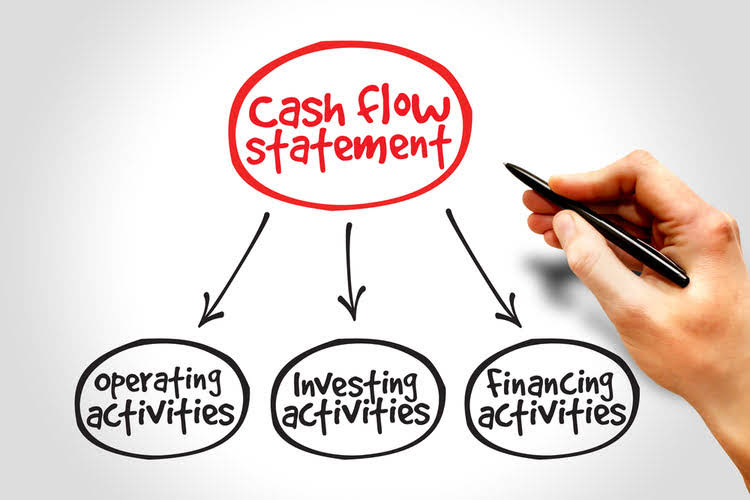
To ascertain the annual depreciation using straight-line depreciation, one would simply divide the cost of the vehicle by this 5-year time span. The DDB method works best for assets that produce more revenue in their early years and less in their later years. Under the DDB method, higher depreciation expense is taken in the early years to match it with the higher revenue the asset generated. Notice that as an double declining balance method asset depreciates, its accumulated depreciation increases and its book value decreases.

What is An Accelerated Depreciation Method?
- Its complex computations may prove more challenging than the straight-line method’s straightforward approach, raising the possibility of mistakes and added complexity.
- In the DDB method, the shorter the useful life, the more rapidly the asset depreciates.
- What that means is we are only depreciating the asset to its salvage value.
- This method results in a larger depreciation expense in the early years and gradually smaller expenses as the asset ages.
- Choose CFI for unparalleled industry expertise and hands-on learning that prepares you for real-world success.
- Bench simplifies your small business accounting by combining intuitive software that automates the busywork with real, professional human support.
For example, the straight-line depreciation rate for a 10-year asset would be 10 percent for each year, or one-tenth of the 100 percent full depreciation rate. As a result, the depreciation rate for the double-declining-balance method would be doubled to be 20 percent. The depreciation rate is then used to multiply the depreciation base to arrive at the allocated depreciation expense. Using the double-declining-balance method, depreciation base for each period is the depreciation balance of the previous period subtracted by the depreciation expense of that period. The units-of-production method ties depreciation to an asset’s actual usage or output, making it ideal for assets whose wear and tear depends on utilization rather than time.
Example 2: Depreciation of Machinery with Variable Lifespan
Garcia received her Master of Science in accountancy from San Diego State University. Take your business to the next level with seamless global payments, local IBAN accounts, FX services, and more. Residual value is the estimated salvage value at the end of the useful life of the asset. ABC Limited purchased a Machine costing $12500 with a useful life of 5 years. The Machine is expected to have a salvage value of $2500 at the end of its useful life.
Download the Straight Line Depreciation Template

The total expense over the life of the asset will be the same under both approaches. In year 5, however, the balance would shift and the accelerated approach would have only $55,520 of depreciation, while the non-accelerated approach would have a higher number. Yes, businesses can switch methods if they find another one suits their needs better.

This initial deduction substantially decreases the truck’s book value immediately. As time elapses using this approach at a rate of assets = liabilities + equity 20%, applied to ever-diminishing book values each year leads to progressively smaller annual depreciation expenses. The double declining balance method of depreciation reports higher depreciation charges in earlier years than in later years. The higher depreciation in earlier years matches the fixed asset’s ability to perform at optimum efficiency, while lower depreciation in later years matches higher maintenance costs.

The delivery truck is estimated to be driven 75,000 miles the first year, 70,000 the second, 60,000 the third, 55,000 the fourth, and 45,000 during the fifth (for a total of 305,000 miles). The UOP depreciation each period varies with the number of units the asset produces (miles, in the case of the truck). Assume that, instead of bookkeeping for cleaning business SL depreciation, Bold City depreciates its delivery truck using UOP depreciation. Bold City might want to use this method of depreciation for the truck if it thinks miles are the best measure of the truck’s depreciation.


